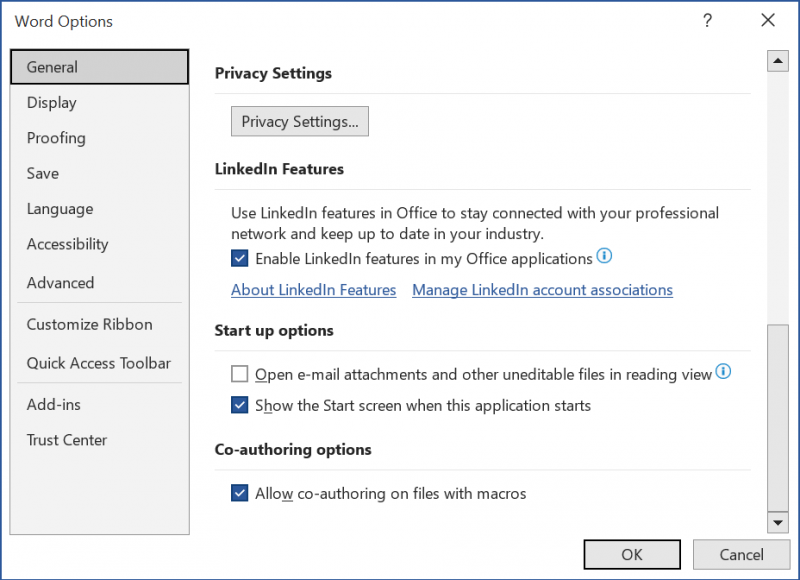

The File Types tab of the Folder Options dialog box.
#OPEN NEW DOCUMENT IN WORD WINDOWS#
Windows displays the Folder Options dialog box.

If this does not work, you'll need to try a few other things. Now you can double-click a document file and see if Windows starts Word and opens the document. This command causes Word to rewrite all its Registry keys and to reassociate itself with document and template files. "C:\Program Files\Microsoft Office\Office\winword.exe" /regserver You should then, immediately, use the following command: (You can use Windows' Search tool to locate the path to the winword.exe file.) The /unregserver switch "unhooks" all the references to Word in the Windows Registry. The quotes are necessary, but you may need to change the path so it reflects the location of the winword.exe file on your system. "C:\Program Files\Microsoft Office\Office\winword.exe" /unregserver From the command line, use the following command:

Since double-clicking on a Word document in Windows Explorer opens Word, the file types are probably associated correctly, but it doesn't hurt to go through the steps anyway.

The first thing to check is to make sure that the file extensions are correctly associated with Word. He can still open the documents using File | Open (within Word), but cannot double-click to open a document. Instead, what he gets is a blank document. Now, when he double-clicks a Word document in Windows Explorer, the document doesn't open. Instead, you'll see a blank document, the same as in earlier versions of Word.Clive has a system that just hasn't worked correctly since he installed and then removed Open Office. Now, the next time you start Word, you won't be shown the Start screen. Clear the Show Start Screen when this Application Starts check box.The General options of the Word Options dialog box. Scroll down, if necessary, until you see the Start Up Options section.At the left side of the dialog box, make sure General is selected.Word displays the Word Options dialog box. Microsoft calls this new "feature" the Start screen, and you can fortunately control whether it is displayed or not. The behavior that Steven describes is specific to both Word 2013 and Word 2016. He wonders of there is a way to skip this opening palette of choices and simply go to a blank document from the get-go. He always chooses to create a blank document. When Steven opens Word, he sees a number of choices for either creating a blank document or using various templates as a basis for a new document.


 0 kommentar(er)
0 kommentar(er)
